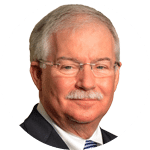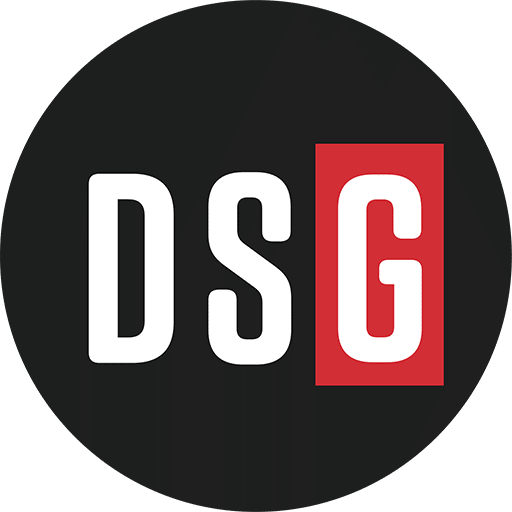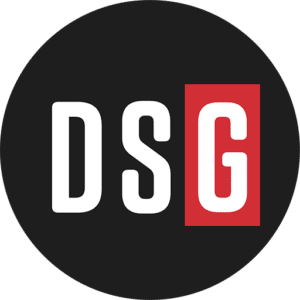
Mike Marks, the co-founder of Indian River Consulting Group, believes distributors need to stop weighing field sales reps’ time down with administrative work.
Instead, distributors need to rethink how they can better use their resources to drive greater sales productivity.
We sat down with Marks to learn about how sales productivity impacts distributors’ profitability and productivity. He previewed his session at our upcoming 2024 Profit and Productivity Summit for Distributors.
Distribution Strategy Group: When it comes to sales productivity, what do distributors struggle with the most?
Mike Marks: The most valuable thing a field salesperson can do for you is call on a major customer of your competitor and disrupt their supply chain. They then choose you as their supplier of choice.
That is a non-recurring effort that creates a long-term recurring revenue stream. It’s very powerful. But there’s so many things that get in the way of a field salesperson doing that because they’re expediting, they’re sourcing products, they’re apologizing for warehouse mess ups, they’re doing clerical work. I mean, it is nuts.
We’ve thrown everything at them.
DSG: Why do they need to prioritize sales productivity improvements?
Marks: Field sales is the least productive function of all the things that distributors do. Most companies are paying over $200 per sales call fully loaded with benefits. Many are even paying $250 to $400 a sales call, and there’s no accountability. Are all of the calls really necessary? What can I offload to my inside sales rep? If you look at most distributors, they’re going to have 80 to 150 customers in a geographical territory. From a practical point of view, I can take care of 50 customers max. Maybe less.
It’s about where they are spending their time. And most salespeople, since they don’t look at productivity and they don’t have the metrics, respond to the most urgent thing. But the most urgent thing is not the most important thing.
In distribution, the typical customer repurchase rate is well over 80%. This means that over 80% of sales this month are products that your customers have purchased before. We need to separate market-making and market-serving.
Market-serving activities protect revenue streams with customers by managing the customer experience. These involve a predictable flow of tasks like managing returns or providing information. Distributors can address these with less costly resources like an inside sales group, digital customer service tools or even a hybrid inside/outside team of salespeople.
Market-making activities require specialization to displace competitors or increase share of customers’ wallets. Keeping market-making activities separate frees up more expensive workers like field sales reps to initiate, build and expand relationships with customers. Too often, field salespeople become involved in managing recurring transactions.
There’s so much low-hanging fruit. When you get the analytics, it tells you all the places you can put your time – which ones have the highest potential to grow, but also have the lowest cost to grow.
DSG: At the Profit & Productivity Summit, you’ll share how to leverage the right technology and infrastructure to drive better sales productivity.
Marks: This is really about action. Peter Drucker, who is the father of modern management, once said that most management decisions aren’t decisions at all. They’re simply statements of good intention because to be a real decision, it has to degenerate into work. What we’re doing is really talking about the how to and more importantly the metrics.
Identifying and capturing new business and providing recurring cost-effective support to extend the life of the customer’s revenue stream have become much easier with new technologies. The real issue with adoption is executives either aren’t aware of their choices or they are simply owner-operator executives that lack the vision to take on the challenge.
During my presentation, I’ll share a few examples of work that some distributors are developing now with synthetic sales agents. For most distributors the cost of the technology is close to the cost of a fully loaded cost of the least effective and longest tenured senior field sales rep. Perhaps there are better uses of these resources.


